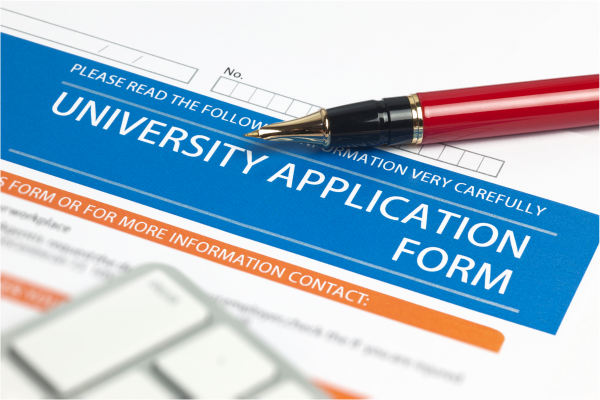
Every student wants to know “how many colleges should I apply to?” but the answer’s different in each case. In general, you should be strategic in your selections: a too-short list limits your options in the case of rejection; a too-long list can waste valuable time. Our College Admissions Counselors agree that for many, the sweet spot seems to be at around 7–10 schools.
What happens when you apply to too few schools?
You may miss out. Unless you’ve already researched hundreds of colleges and narrowed the list down, you may not yet have found your best-fit school.
You’re playing it too safe. Don’t prematurely eliminate every school that your GPA or test scores are “too low” for. There’s more to an application than numbers.
You risk not having enough options. Consider adding schools that are likely to accept you and likely to provide adequate financial aid.
What happens when you apply to an excessive number of schools?
You run out of time. You aren’t only applying to colleges your senior year. If you have to write dozens of well-prepared applications, when will you do everything else?
You get less specific. Try to uniquely describe six people in your life. Now try and do the same for twenty. The same is true for colleges. The people reading your applications can tell if you’ve thoroughly researched the school or if you just want the name recognition. Flattery won’t get you everywhere, but it can help to tip the scales a bit.
What types of schools should I have on my final list?
Reach - Schools that are a stretch based on your academic and extracurricular profile. While GPA and SAT/ACT scores are only two pieces of the admissions process, they are two of the easiest to track and evaluate. If your GPA and test scores fall below the middle 50% range of scores reported by the college, the school is likely a reach. This section can vary a lot between schools, and we encourage you to strive for these schools if they are a good fit. Schools with an acceptance rate of less than 10% also fall into this category for the majority of students.
Target— Schools where your profile fits within the middle 50% of GPA and test scores. Schools with an acceptance rate of less than 10% also fall into this category for the majority of students.
Safety— Schools where your profile is above average, including your GPA and test scores. Merit aid and academic scholarships are typically awarded from safety schools.
What should I consider when finalizing my college list?
Automatic Admissions— Some states (like TX, FL, and MO) and some or all of their public colleges have automatic admissions programs for in-state students. If you meet a certain combination of class rank, GPA, and/or standardized test score, you are eligible. If you meet the requirements and list this school as one you’d be happy to attend, your list may be shorter.
Highly Selective Schools— It can be hard to predict admissions decisions at colleges with acceptances rates of less than 10%, as even some of the most competitive applicants aren't admitted. This doesn’t mean you should apply to all the Ivies (or other highly competitive schools) just to see what happens, but, depending on your goals, you may choose to add a few extra highly selective schools to your list.
Financial Safety— Unless financial aid will not play a role in your admissions decision, it’s always wise to add a financial safety school on your list. A financial safety school is one you/your family can afford without student loans. Consider using each school’s net price calculator for an estimate of what aid you could be eligible for at that school.
What else should I know?
Application Fees – Many schools require an application fee of roughly $50–100 to be paid when you apply. This may be waived for some students based on things like family income level. (If you’ve gotten fee waivers for the SAT/ACT, you likely qualify.)
Common App Limits – The Common App (used by over 1,000 schools) limits students to applying to no more than 20 schools with one account.
School Limits – Some high schools put a cap on the number of schools they will support their students in applying to. This isn’t overly common, but it’s a good policy to look out for.
So, how many colleges should you apply to? As many as you need to align with your goals and circumstances. Keep the considerations above in mind and build a well-informed college list for you.
Explore Colleges For You
Connect with our featured colleges to find schools that both match your interests and are looking for students like you.
Get Started on Athletic Scholarships & Recruiting!
Join athletes who were discovered, recruited & often received scholarships after connecting with NCSA's 42,000 strong network of coaches.
Best 391 Colleges
170,000 students rate everything from their professors to their campus social scene.



